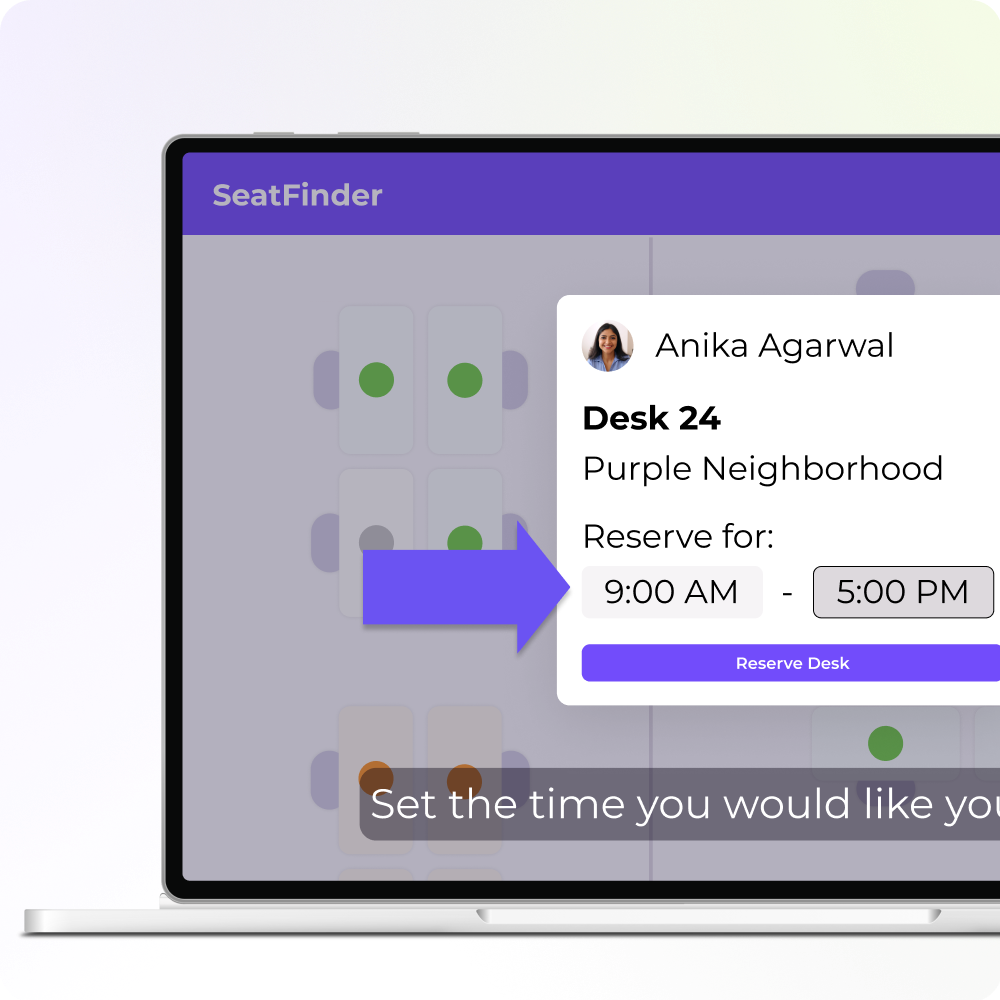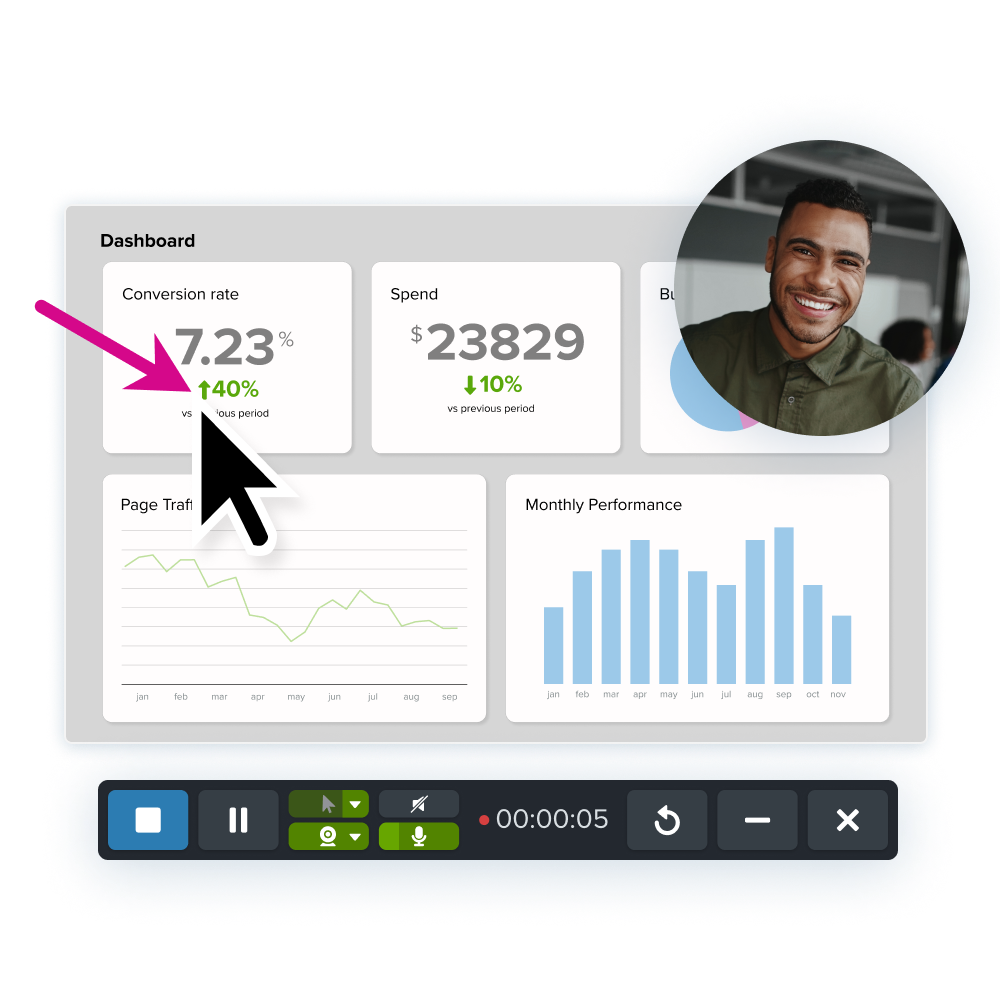Blended learning, also known as hybrid learning, is growing in popularity with students because it provides the best of both worlds between face-to-face instruction and fully online courses. In fact, according to recent research, 44% of college students prefer a blended or hybrid learning approach, making it the most preferred teaching method.
Blended learning is not only popular with students, however. According to The Training Industry Benchmark Report 2024, blended learning is expected to become the second highest course type offered by training professionals in the future.
This innovative approach is gaining popularity in schools, universities, and corporate training programs due to the flexibility it offers, while not sacrificing the human connection.
What is blended learning?
Blended learning is an instructional approach that integrates face-to-face classroom methods with online educational materials and activities. This model leverages the strengths of both in-person and digital learning to create a more effective and engaging educational experience. A key difference with blended learning is it changes how instructors use face-to-face time. In the traditional classroom, the instructor delivers a lecture while students listen and take notes in a passive learning experience. There usually is time for questions and discussion, but the majority of classroom time is spent delivering and receiving a lecture.
Blended learning enables instructors to strategically choose parts of the course to deliver online, and then use face-to-face time for more engaging activities. For example, students may watch online lectures outside of class, while in-class time is spent applying what they’ve learned through debate, discussion, or group work. How much face-to-face time is replaced by online coursework varies depending on the course, but research suggests that students perform better and perceive a course more favorably when 33%-50% is online.
Station rotation model
In the Station rotation model, students rotate through different learning stations, combining online and offline activities. This model is particularly effective in K-12 settings.
Flipped Classroom model
Instead of attending class to get the lecture, the Flipped Classroom model flips it so that learners watch online lecture videos outside of class. Class time is then spent working on assignments. Because learning activities like projects happen in class, the instructor is available to answer questions and provide guidance. This approach maximizes face-to-face time for interactive learning.
Lab rotation model
Similar to station rotation, this model sets up online learning to occur in a dedicated computer lab. This enables organizations to leverage their existing labs and provides more scheduling flexibility for instructors.
Self-blended model
In this model, students supplement traditional courses with online training courses of their choosing.
Flex model
Learning is primarily online in a Flex model, with instructors providing face-to-face support as needed. Students complete the course on their own schedule, often in computer labs where an instructor is available for questions. Learners have more control over the pace of the course. This model is useful for technology training.
Make great tutorial videos
Camtasia makes it ridiculously easy to make tutorial videos that keep your viewers engaged.
Free Download
The benefits of blended learning
A blended learning strategy offers numerous advantages for both educators and learners that is supported by various research studies.
Flexibility
Students can access materials anytime, anywhere, catering to different learning styles and schedules. This flexibility provides learners the opportunity to move at their own pace and not get overwhelmed. They can work around job and family commitments and get personal instructor support when needed.
Increased learner engagement
Utilizing face-to-face time for more meaningful activities such as debates, role playing, group problem solving, etc. creates a more active learning environment. This increases learner engagement by promoting participation and enabling students to demonstrate their learning.
Personalized learning
A blended learning approach makes it easier to tailor content to individual learning needs, allowing students to progress at their own pace. It also allows students with different learning styles access to a variety of learning materials, including face-to-face time with instructors.
Enhanced Collaboration
Online learning tools facilitate collaboration among students, even outside of class hours. In-class activities can focus on group projects to further enhance peer-to-peer collaboration and peer-to-instructor collaboration.
Engaging visual content becomes more important in blended learning environments. Tools like Snagit and Camtasia enable instructors to create study guides, record lectures, make tutorials, and facilitate asynchronous discussions around course content.
How to implement a blended learning program
To successfully implement a blended learning program, consider the following steps:
- Identify goals. Clearly define what you want to achieve with your blended learning program.
- Define course learning objectives. Consider what knowledge and skills learners will gain by completing the course.
- Determine how you will utilize time in class and outside of class. Think about what activities you want students learning to participate in during class time vs. online. Consider how you can use class time differently to create a more active learning experience. Also leverage the strengths of online access to distribute course material. Need inspiration? Check out how Professor Jason Archer uses video for online learning.
- Plan how you will leverage educational technology to achieve the learning objectives. The LMS is an important tool to help setup course structure and enable online access to materials. Choosing the right digital image and video creation tools is critical to enhance student engagement. Camtasia is a screen recorder and video editor popular with educators and trainers alike because of its ease of use.
- Provide ongoing support. Ensure that both educators and learners have access to technical support and resources.
- Track student progress. Use the LMS and other learning platforms and tools to monitor student engagement and performance.
Challenges and solutions for blended learning
While blended learning offers many benefits, it also comes with challenges. Below are common challenges to implementing blended learning along with how you can overcome them.
Challenge: Maintaining balance
When it comes to striking the right balance, ensuring the right mix of online and offline instruction can be tricky.
Solution: Regularly assess
Think of finding the ideal balance as an ongoing task by regularly assessing the effectiveness of your blended learning model and making adjustments as needed. Collecting student feedback and monitoring student progress are key tools to get insight on how well learners are adopting the blend.
Challenge: Keeping students engaged
Positive outcomes tend to correlate with student engagement. And when it comes to the online learning portion specifically, some students may struggle to stay motivated.
Solution: Be intentional with online course design
In order to proactively and intentionally provide an engaging experience for students, use interactive software, assign collaborative projects, and provide regular feedback. You can make videos interactive with quizzes to check for understanding, and stimulate asynchronous discussion about the learning content through commenting.
Challenge: Tracking progress
When it comes to having crystal clear, one-source-of-truth performance records, iIt can be difficult to monitor student progress across different learning environments.
Solution: Use the right LMS
Utilize learning management systems that offer comprehensive tracking and reporting features. Select content creation tools that integrate with your LMS to track learner progress with course materials using standards like SCORM.
Stop repeat questions
Create clear videos and guides with Snagit so you only have to explain tasks once.
Try it Free
Conclusion
Blended learning represents a powerful shift in education and training, offering flexibility, personalization, and enhanced engagement. By combining the best aspects of traditional classroom instruction with the advantages of online learning, blended learning improves learning outcomes.
However, blended learning is not without its challenges. It requires rethinking how to utilize face-to-face time and what course materials will be most effective when delivered online. The good news is choosing the right technology tools can help make the transition to blended courses easier. Try Snagit and Camtasia to create engaging course content that works seamlessly with your LMS and begin experimenting with blended learning. Look for inspiration from others using video to enhance blended learning like Columbia University.



Share